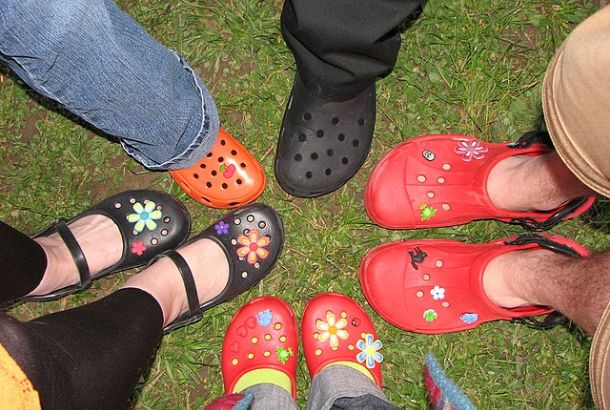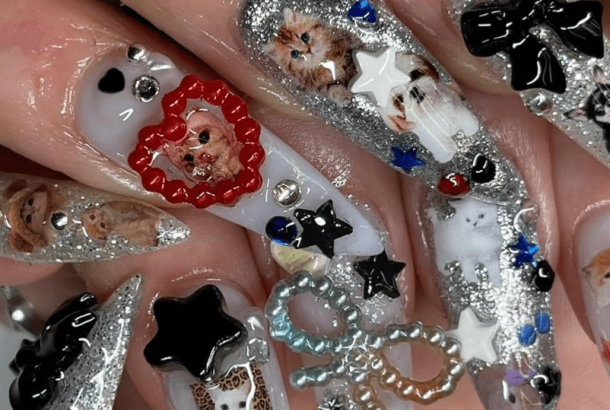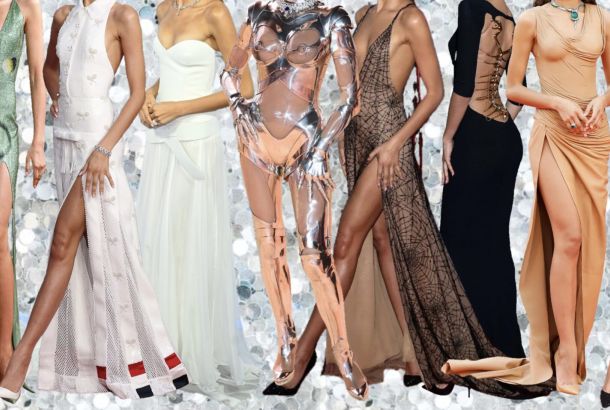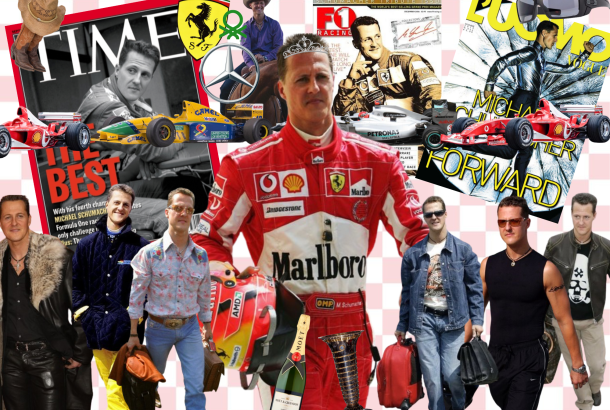What drag taught me about identity
By Kyle Zabawa
As someone who has never been one to conform to behavioural or gendered expectations, identity is something that, thematically, has always been very important to me. Even as a young child one of my favourite pastimes was to neatly organise my toy trains on the basis of some imagined, yet seemingly sophisticated hierarchical system. Today, few things are as captivating to me as the spheres of classy couture and cutting-edge cosmetics, yet, for this week’s confessional of sorts, I have decided to focus my attentions on to something a little more candid.
Long interpreted as a statement regarding the permeation of female inferiority throughout society, Madonna’s 2001 single ‘What It Feels Like for a Girl’ opens with an interpolation of the following dialogue from 1993 film ‘The Cement Garden’:
“Girls can wear jeans and cut their hair short, wear shirts and boots, because it’s okay to be a boy. But for a boy to look like a girl is degrading, because you think that being a girl is degrading.”
In what can be interpreted as an aggrandisement of social media culture, for the Instagram generation, the pressure to be somebody is well and truly on. The contemporary female needs only to journey to her nearest WH Smith where she is greeted at eye-level by a glisteningly tempting copy of Cosmopolitan magazine with its hackneyed headlines: ‘Feel Sexier Instantly! The 50 Quick Tips to Get the Beach Body YOU Deserve’, ‘Sex Goddess Secrets: The Key to Being Amazing In Bed’, or my personal favourite ‘Fasting: The Ultimate (and Best) Diet. You Can Do It If You Try!’. The heat is also very much on for those possessing a Y chromosome; Men’s Health, for instance, is forever peddling the clichéd fitness themed headlines of ‘The Shirt-Off Muscle Plan’, ‘The Insanity Workout’ and ‘The 29 Minute Fat-Frying Inferno’.
It makes sense to announce here that my intent is not to nullify the entertainment value of these publications—I’ve always loved these styles of magazines for their sheer irreverence. Instead, I wish to make the case for their nuances within popular culture. Sex sells—it always has, and probably always will—but what can we do to inspire the hearts and minds of the disenfranchised, for whom these cookie-cutter cover stars who adorn our magazines do not resonate? Ladies and gentlemen (and those of you who have yet to decide), hear me out, for I believe that drag queens could possess the answers we so desperately seek.
The expression of identity is a defining factor of the human condition—but what happens when the way you think and dress doesn’t quite live up to the standards purported by wider society? Armed with a slick of luminescent lip-gloss and a wit as sharp as the studs of a Louboutin heel, the art of drag elegantly illustrates just how constructed 21st century fashion and beauty standards are. Drag as we know it today is conceptualised by characterised exaggerations of gender roles. Through repetition of images of women in dresses (and men in suits), historical stereotypes have become commonplace. At least in my opinion, in the modern era, what one wears and uses to paint their face with should be a matter of choice rather than a biologically-based prescription.
Drag relies upon the aura of illusion. Drag can reinforce inner confidence. Drag says: “Okay, you might not like your nose, but if you accentuate your dark eyes and lashes, then nobody will notice it.” Drag is about owning your flaws, because poor self-esteem kills. That contouring tutorial you love so much? Drag queen approved. That joke that made you laugh that one time? A queen probably wrote it first. In recent years, even everyone’s favourite pop divas have been known to take influence from drag culture, sporting the bedazzled costumes and sizeable hairpieces that queens have been wearing “since the year drag.”
An unexpectedly logical countermovement to dissatisfaction with one’s image is to shape and mould conventions of appearance in order to present a new character—someone who displays how truly forged these ideological constructs are. For some queens, the underlying message to their act is the irony that, what you see in front of you, is being achieved by a 6’5 gentleman sporting an intricate ensemble of glitter, cosmetics and rhinestones. Identity is a performance—we have the power to be, or become, whoever we want to be (thanks for that, Judith Butler). The way that we dress can set us free.
In an online interview, piano-playing chanteuse, Vanity Von Glow, starlet of ‘Drag Queens of London’, details how, in its essence, her feminine aesthetic has enabled her to unleash her performing talents:
“I wanted to perform from the position of a character who had a status and presence that was different (or perhaps even greater) than my own… I wanted to create a character that kind of projected either real or imagined glamour. And with that heightened reality of bigger hair, and lashes, and statues, and sequins, I could explore bigger emotions and I could hopefully relate those emotions to an audience.”
While to some the art of drag and debauchery go hand in hand (and for some queens this may be true), at its core, drag is a mode of activism in one of its purest guises, albeit, a highly contoured one. Society promulgates austere definitions of identity (alongside fashion itself) whereas drag generates a fluid continuum of an unfathomable range of expressions. Drag blurs the binary to demonstrate how opposed ideals of sex-related behaviours are flawed and need no longer be relevant.
Through teetering across the gender divide, a ceremonial exploration of the grey areas in between can take place. From the extreme Hollywood glamour of the archetypal midnight Marilyn to the recent rise in unorthodox bearded queens, drag is the personification of possibility. If you don’t fit the mould, then that’s okay—through your own journey in life, you can carve out your own sense of beauty and belonging.
For Generation Y, labels of identification are only a hashtag away—but why should we be happy to be put into a box? Our identities are a sophisticated merger of the multiple flavours of life that make us unique, regardless of the stereotypical images of heterosexual masculinity and femininity that the media tries to sell us on a permanent basis. Drag gives us the carte blanche to carouse with how society deems it appropriate to dress, think and act.
In the minds of some, I imagine that I am (and in some ways always will be) that one, quiet boy from school who was often lost in an avant-garde daydream—and I’ve learned that that’s not only true, but also okay. Drag shows us how to challenge our thinking but also to accept who we really are. Behind the frothy fun entertainment of what is essentially ChapStick and mascara, lies a unique humanity and vulnerability. Owning your identity unapologetically and authentically is something that drag queens do best and, for that, they have my sincerest applause.







